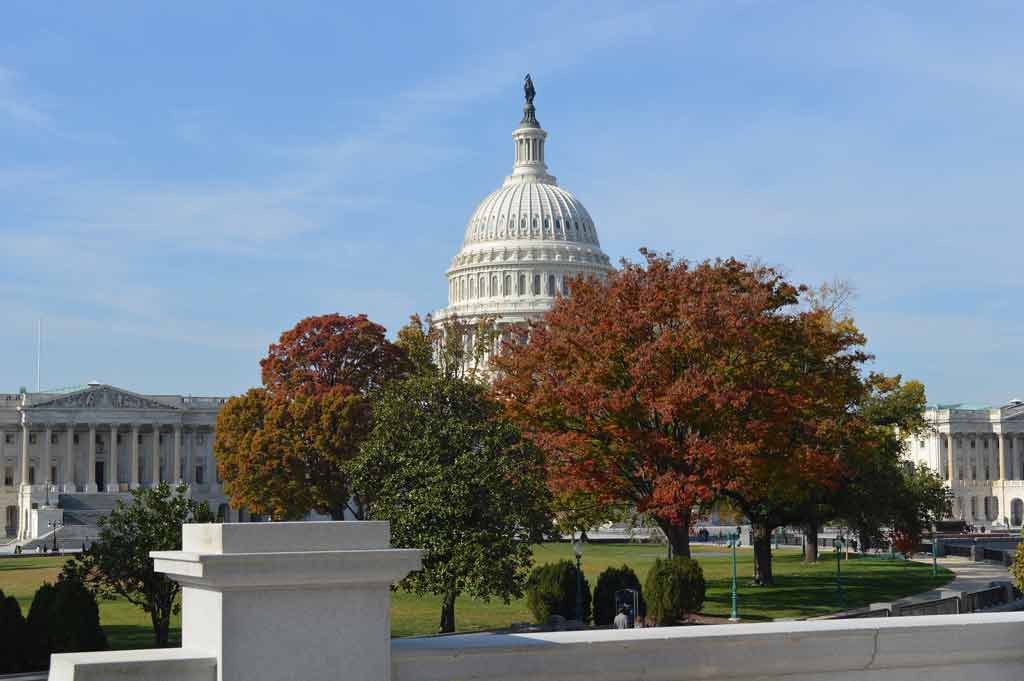 On Wednesday, June 3, the U.S. Senate passed the Paycheck Protection Flexibility Act (PPFA), which makes changes to the forgiveness aspect of the Paycheck Protection Program (PPP). These PPP loan forgiveness changes include tripling the time that small businesses and other loan recipients have to spend the funds while still qualifying for forgiveness of the loans. It also reduces the amount of PPP funds that need to be spent on payroll costs from 75% to 60%. The bill will now go to President Trump, who is expected to sign it.
On Wednesday, June 3, the U.S. Senate passed the Paycheck Protection Flexibility Act (PPFA), which makes changes to the forgiveness aspect of the Paycheck Protection Program (PPP). These PPP loan forgiveness changes include tripling the time that small businesses and other loan recipients have to spend the funds while still qualifying for forgiveness of the loans. It also reduces the amount of PPP funds that need to be spent on payroll costs from 75% to 60%. The bill will now go to President Trump, who is expected to sign it.
According to the AICPA, here are the key points of the PPFA:
- PPP borrowers can choose to extend the eight-week period to 24 weeks, or they can keep the original eight-week period. This flexibility is designed to make it easier for more borrowers to reach full, or almost full, forgiveness.
- Under the language in the House bill, the payroll expenditure requirement drops to 60% from 75% but is now a cliff, meaning that borrowers must spend at least 60% on payroll or none of the loan will be forgiven. Currently, a borrower is required to reduce the amount eligible for forgiveness if less than 75% of eligible funds are used for payroll costs, but forgiveness isn’t eliminated if the 75% threshold isn’t met. Technical tweaks could be made to the bill to restore the sliding scale.
- Borrowers can use the 24-week period to restore their workforce levels and wages to the pre-pandemic levels required for full forgiveness. This must be done by Dec. 31, a change from the previous deadline of June 30.
- The legislation includes two new exceptions allowing borrowers to achieve full PPP loan forgiveness even if they don’t fully restore their workforce. Previous guidance already allowed borrowers to exclude from those calculations employees who turned down good faith offers to be rehired at the same hours and wages as before the pandemic. The new bill allows borrowers to adjust because they could not find qualified employees or were unable to restore business operations to Feb. 15, 2020, levels due to COVID-19 related operating restrictions.
- Borrowers now have five years to repay the loan instead of two. The interest rate remains at 1%.
- The bill allows businesses that took a PPP loan to also delay payment of their payroll taxes, which was prohibited under the CARES Act.
GTM will continue to monitor changes and updates to legislation impacting businesses. Visit our COVID-19 payroll and HR resource page for more information.
